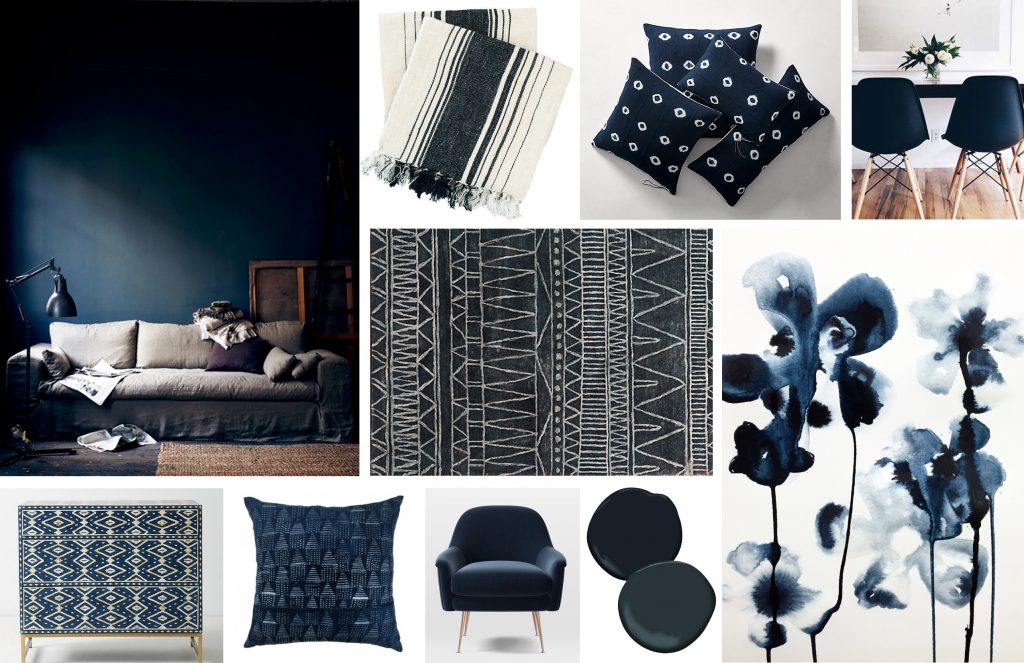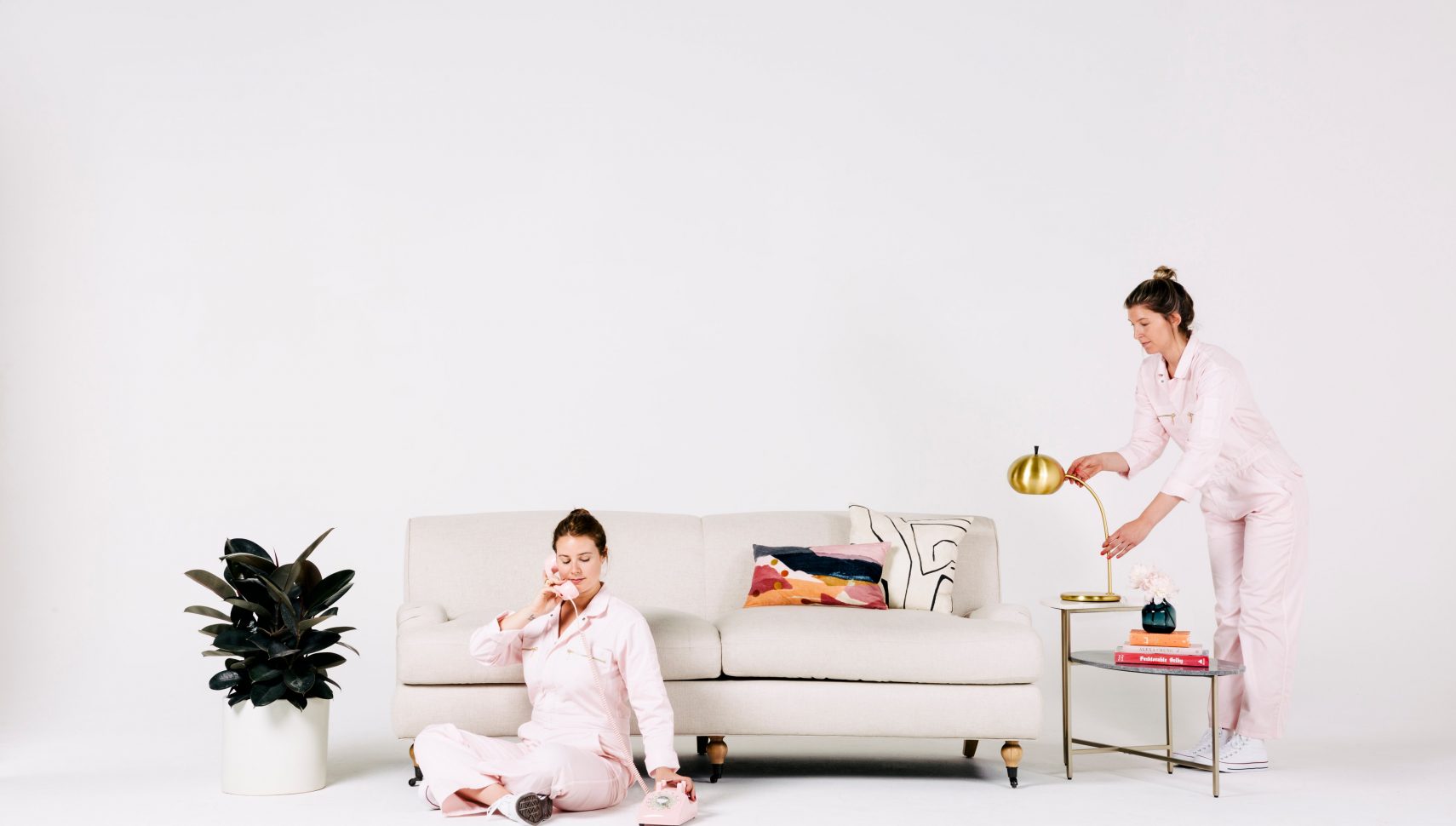So, you’re ready to kick off a new design project. Congrats! To make sure that you will end up with a design that you love for your new favorite room in the house, let’s make sure you’re set for success before beginning your Havenly design.
Before Your Project Launches…
We don’t expect you to have a perfectly rehearsed elevator pitch about your style right from the get-go (that’s why you’re coming to Havenly in the first place, right?). But, it does help you and your designer to have a sense of inspiration and styling that you are already drawn to. Our designers know exactly how to translate your inspiration into reality, but we always want to know your thoughts and preferences before getting started!
Take Stock
Not sure where to begin? Before you even start to look at different design styles, take a good look at your current space, furniture, and decor. Start by making a list of:
1) what has to stay
2) what has to go, and
3) what could be updated if you find the right piece
This will help you find the gaps in your current design, as well as give you and your designer a clear goal around what to focus on for your new design.
Determine Your Style
Start browsing Pinterest, design blogs, magazines, and other interest sites and magazines (fashion, cooking, etc.) to gather images that you like or dislike. Any insights – both positive and negative – you can share with your designer will make it that much easier to create a design that you ultimately love!
Organize your Pinterest boards by room to easily see patterns within your style preferences. Maybe you see a lot of bold and vibrant patterns, or see that all of your inspiration images include a modern gold chandelier. And you might even find that you’re not as afraid of color as you initially thought! Leaving comments on your pinned images about what it is exactly that you like about the image will add another layer for your designer, too. If you look through various magazines, sites, or anything outside of Pinterest, printing out inspiration images and arranging them in a “moodboard” is another fun and interactive way to determine your style.
With this new inspiration, make sure that the vision you have in your head aligns with the pieces that you currently have or want. For example, if you want a “light and bright” living room but you are also tied to a large, heavy, dark leather sectional, it could be time to part ways with your tried and true sectional to achieve the new look you’re going for.

Some inspiration we’re loving lately.
Having a clear budget for your design from the get-go will steer your designer down the right path as they build your design with you, and will also help you avoid any sticker shock at the end of the process!
Furniture is not something that people purchase on a regular basis since it can be quite an investment, so if you’re not sure where to begin, start with our budget calculator!
Consider your Current Space
You’re thinking about using Havenly because there’s clearly something that isn’t quite working with your current space. But, chances are, there are some things about the space that are currently working too! Are there challenges with your current layout? Do you need more seating? Is your space lacking storage? Make notes about what is working, as well as what’s not working, so your designer can work that into your design puzzle.
Build a Relationship with your Designer
Your entire design experience should be collaborative, and should feel like you’re working with a close friend! You can steer the direction of the design as much or as little as you’re comfortable with — the most important part is providing open and honest feedback throughout each phase of the process. While our designers are all talented at translating your visions into reality, they aren’t mind-readers (yet) and need your input to make sure the design is on track throughout the process. If there’s something that doesn’t look like you’re envisioning, speak up!
When you share inspiration images, be specific about the furniture, materials, or colors that you’re drawn to within each image. You can trust your designer to push the boundaries to expand on your style and create designs that you wouldn’t create on your own, but your feedback and input will ensure that they don’t veer too far off course.
If there are other people involved in the design decision making (i.e. boyfriend/husband/partner), be sure to involve them from the very beginning phases — even as you begin to build your Pinterest boards. It can be daunting to combine two different design voices, but if you’re both involved from the beginning, it should be smooth sailing!
Ready to meet your designer? Start browsing our designers’ portfolios, or jump right into building your Pinterest boards for the next project in your dream home!

